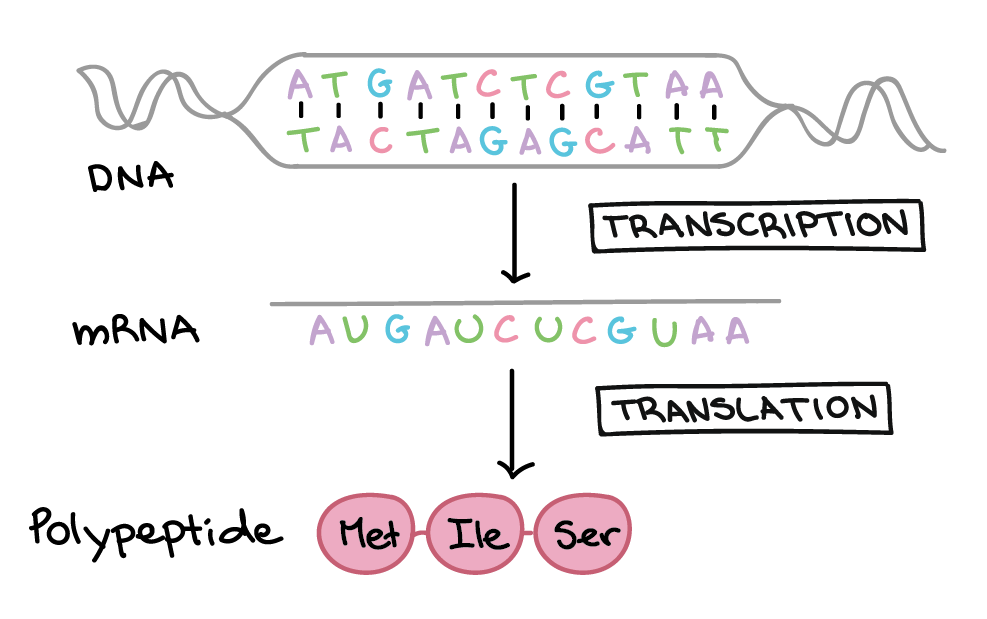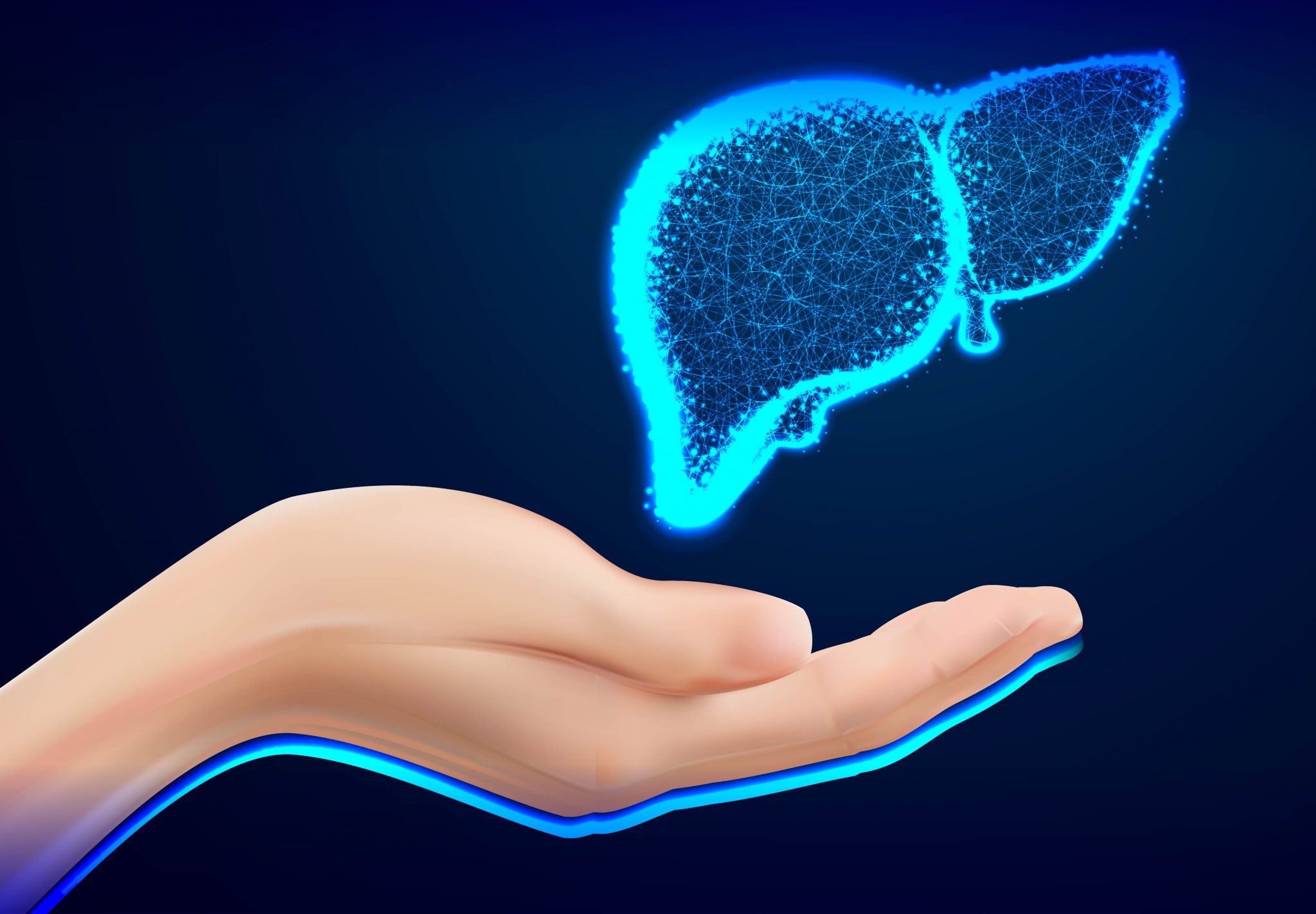We had the privilege of talking to Dr. Ng Zhi Xiang to pick his brain on genetics and human diseases during a live webinar.
Dr. Ng, currently an Assistant Professor in nutrition at the School of Biosciences in a private institution, obtained his PhD in Molecular Biochemistry from University of Malaya in 2012. He also has more than 10 years of research experiences in the health science field.
Let’s understand the basic of genetics first!
Before diving into how genetics could affect our health, let’s get a basic understanding into DNA.
DNA, also known as deoxyribonucleic acid, is a hereditary material that parents will pass down to their children.
“Each of our DNA brings about different characteristics. DNA is what makes us who we are.”
said Dr. Ng.

How does DNA look like?
DNA has a double-helix, which makes it look like a twisted ladder. It is made up of multiple repeating bases called nucleotides (composed of sugar, phosphate and DNA bases). There are four types of DNA bases – adenine (A), cytosine (C), thymine (T) and guanine (G).
What does DNA do?
Three adjacent bases make up a codon, which carries information to code for amino acids. These amino acids are the functional unit of proteins. To sum up, information within our DNA is used to produce different types of proteins.
“Therefore, different production of protein will be responsible of giving us the physical characteristics.”
explained Dr. Ng
Relationship between genes and traits
“Traits, or phenotypes, are the physical or biochemical characteristics that we can observe in an individual.” explained Dr. Ng. For example, colour of the eyes, types of hair, height and weight.
How is the information within our DNA translated into traits? Traits are expressed in 2 processes – transcription and translation.
During the transcription process, an enzyme called ribonucleic acid (RNA) polymerase will read a particular segment of our DNA, and it will copy the information into a messenger RNA, also known as mRNA.
Then, translation happens. Translation is when segments of mRNA is read, in order to produce amino acids. Then, these amino acids are then used to produce different types of protein.

Is DNA the only thing that dictates our traits?
Well, the answer is no, there are other factors that can also modulate our traits.
It’s a case of nature and nurture. Nature being whatever that we are born with, which in this case refers to our DNA. Nurture refers to environmental factors, our lifestyle, our experiences, the development of certain diseases are just some of the things that could also have an impact on our traits.
For example, let’s look at prenatal malnutrition deficiencies. “It is common amongst infants, and it could could affect the infant’s gene expression.” said Dr. Ng. There are research that suggests prenatal malnutrition deficiencies could lead to changes in genetic expression in individuals.
You can read the summary of the webinar here.


